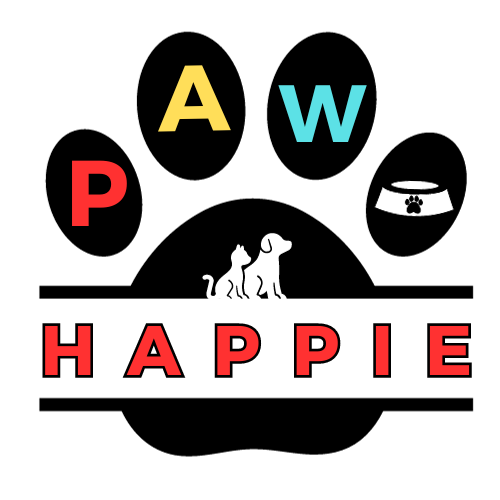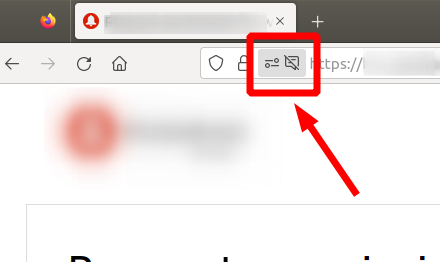.png)
Purr-fect Playdates: How to Organize a Pet Playgroup
In the wonderful world of pets, playdates aren't just for humans—it's a social affair that our furry companions can immensely benefit from. Organizing a pet playgroup is a fantastic way to ensure your pets engage in positive interactions, get some exercise, and develop social skills. Whether you're a seasoned pet parent or a newcomer to the world of paws and playtime, this guide will help you orchestrate the purr-fect playdate for your four-legged friends.
Setting the Stage: Creating a Pet-Friendly Environment
Before sending out the invites, it's crucial to create a space where pets can feel comfortable and safe. Consider the following tips to set the stage for a successful playdate:
-
Pet-Proof Your Space: Ensure your home or chosen play area is pet-proofed. Remove any potentially harmful items or plants and secure loose wires to prevent curious pets from getting into trouble.
-
Provide Ample Space: Whether indoors or outdoors, make sure there's enough room for pets to roam and play freely. A spacious environment reduces the likelihood of conflicts and allows pets to express their natural behaviors.
-
Offer Water and Comfortable Rest Areas: Keep hydration in mind by placing water bowls strategically around the play area. Create cozy corners with blankets or pet beds where pets can take a break if needed.
-
Mind the Temperature: Consider the weather if you're organizing an outdoor playdate. Ensure there are shaded areas on sunny days and warm blankets or shelter on cooler days.
-
Safety First: Have a first aid kit on hand for any minor mishaps. Familiarize yourself with basic pet first aid procedures and share this information with playdate participants.
Sending Out Invitations: Getting the Guest List Right
Now that the stage is set, it's time to curate the guest list for your pet playgroup. Consider the following when inviting furry friends:
-
Similar Energy Levels: Match pets with similar energy levels to ensure compatibility. This prevents situations where one pet is overly energetic, potentially overwhelming a more laid-back companion.
-
Size and Breed Considerations: Take into account the size and breed of the pets invited. While many dogs get along regardless of size, it's essential to ensure everyone feels comfortable and safe.
-
Vaccination and Health Check: Prioritize the health and well-being of all pets by confirming that participating animals are up-to-date on vaccinations. This helps prevent the spread of diseases and ensures a safe play environment.
-
Introduce New Faces Gradually: If there are pets meeting for the first time, introduce them gradually and in a neutral space. Allow them to sniff and observe each other before engaging in play.
Facilitating Positive Interactions: The Playdate Dynamics
As the playdate unfolds, your role as a facilitator becomes crucial in maintaining a positive atmosphere. Consider the following dynamics:
-
Supervise Without Interfering: Keep a watchful eye on the pets, intervening only if necessary. Allow them to establish their hierarchy and engage in natural play behaviors.
-
Have a Mix of Toys: Provide a variety of toys to cater to different play preferences. Some pets might enjoy chasing balls, while others prefer tug-of-war or interactive puzzle toys.
-
Snack Time: Incorporate snack breaks during the playdate. Treats can be used to redirect attention or reward positive behavior, fostering a positive association with the playgroup.
-
Time Limits: Be mindful of the duration of the playdate, especially if it's the first meeting for some pets. Gradually increase the time as the pets become more familiar with each other.
-
Be Prepared for Differences in Play Styles: Recognize that each pet has its unique play style. Some might be more boisterous, while others are gentle. As long as interactions remain positive, allow pets to express themselves freely.
Post-Playdate Reflection: Learning and Adjusting
After the playdate concludes, take a moment to reflect on the dynamics and interactions. Consider the following steps:
-
Gauge Stress Levels: Assess the stress levels of the pets during and after the playdate. Look for signs of exhaustion, anxiety, or overstimulation.
-
Collect Feedback: If other pet owners participated, gather feedback on their pets' experiences. This can provide valuable insights into the dynamics of the playgroup.
-
Adjust for Next Time: Based on observations and feedback, make adjustments for future playdates. This might involve tweaking the guest list, changing the play environment, or introducing new activities.
Conclusion: Building Lasting Bonds Through Playtime
Organizing a pet playgroup is a rewarding endeavor that not only provides entertainment for our pets but also strengthens the bonds between pet owners. By creating a pet-friendly environment, curating a compatible guest list, and facilitating positive interactions, you're setting the stage for memorable and enriching playdates. As you embark on this adventure, remember that each pet is unique, and the joy of playtime lies in celebrating those differences. So, go ahead, unleash the playtime fun, and let your pets revel in the joy of socializing with their furry pals!



